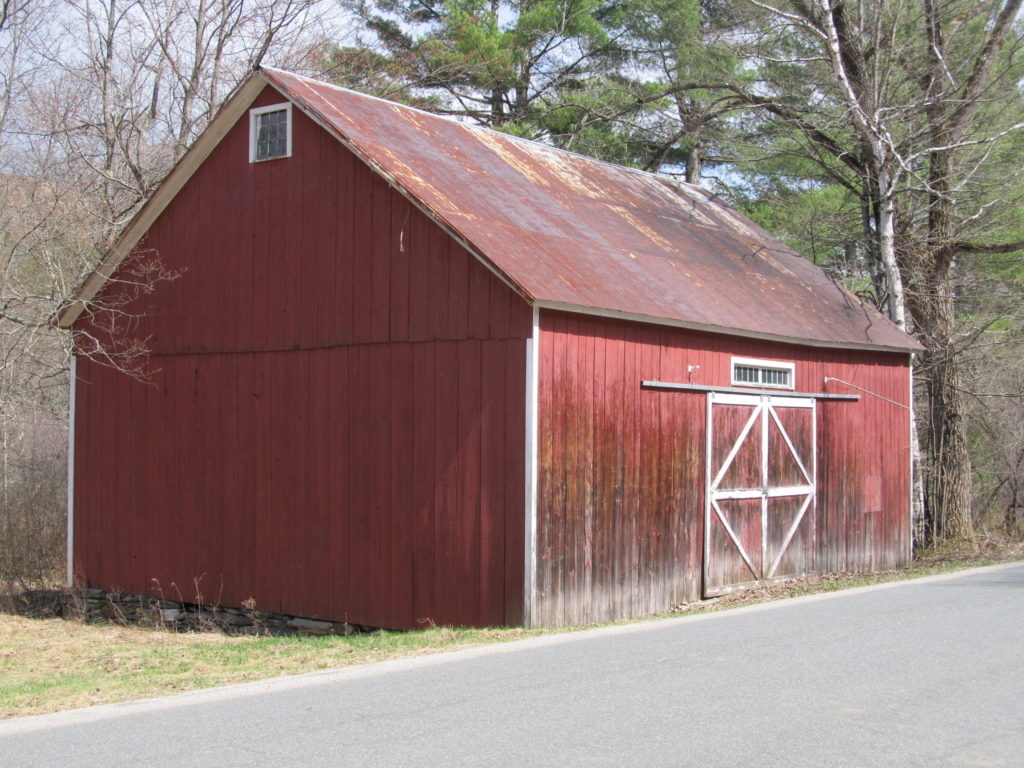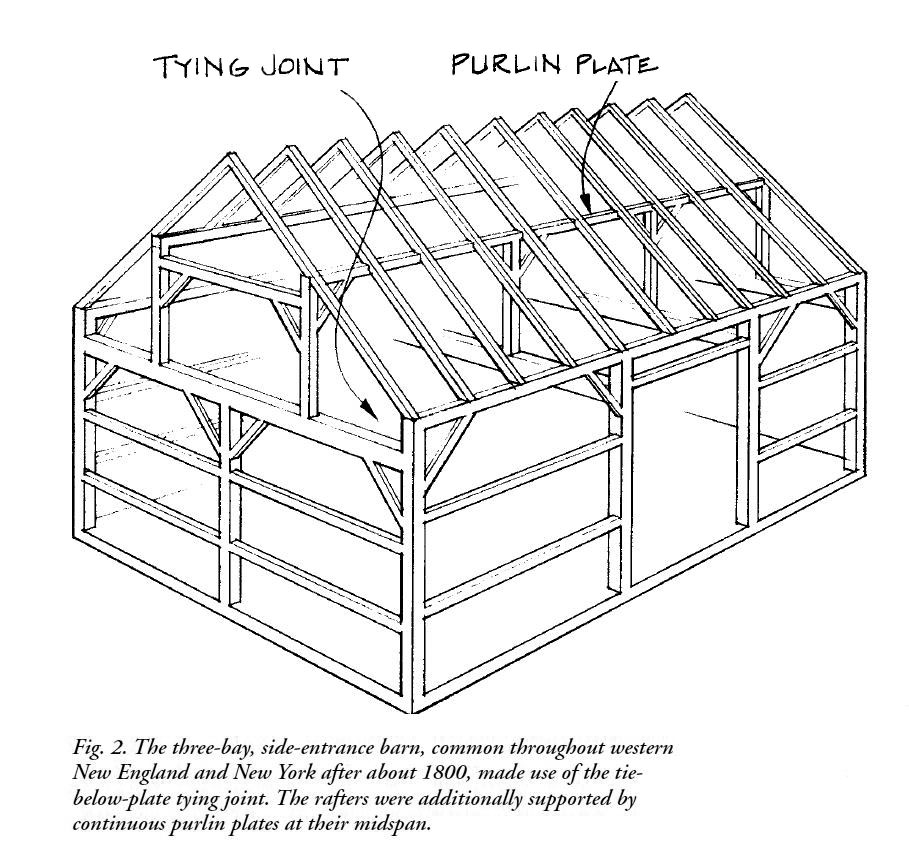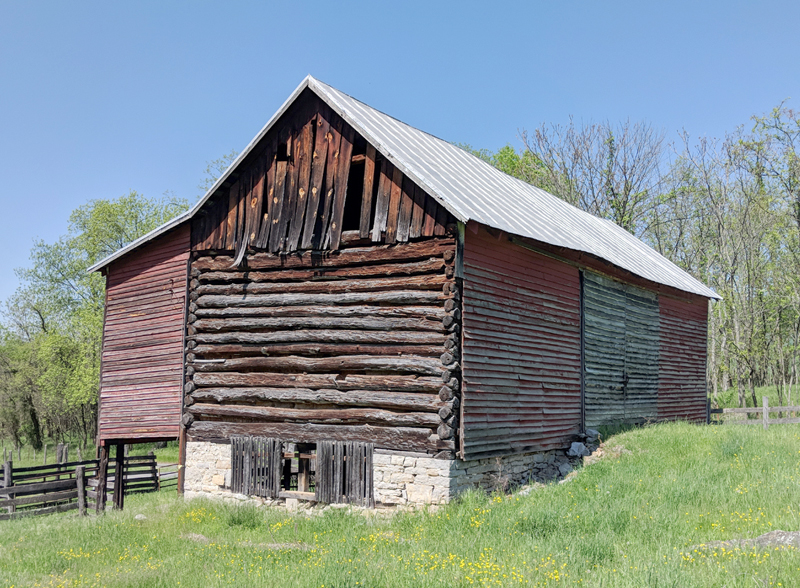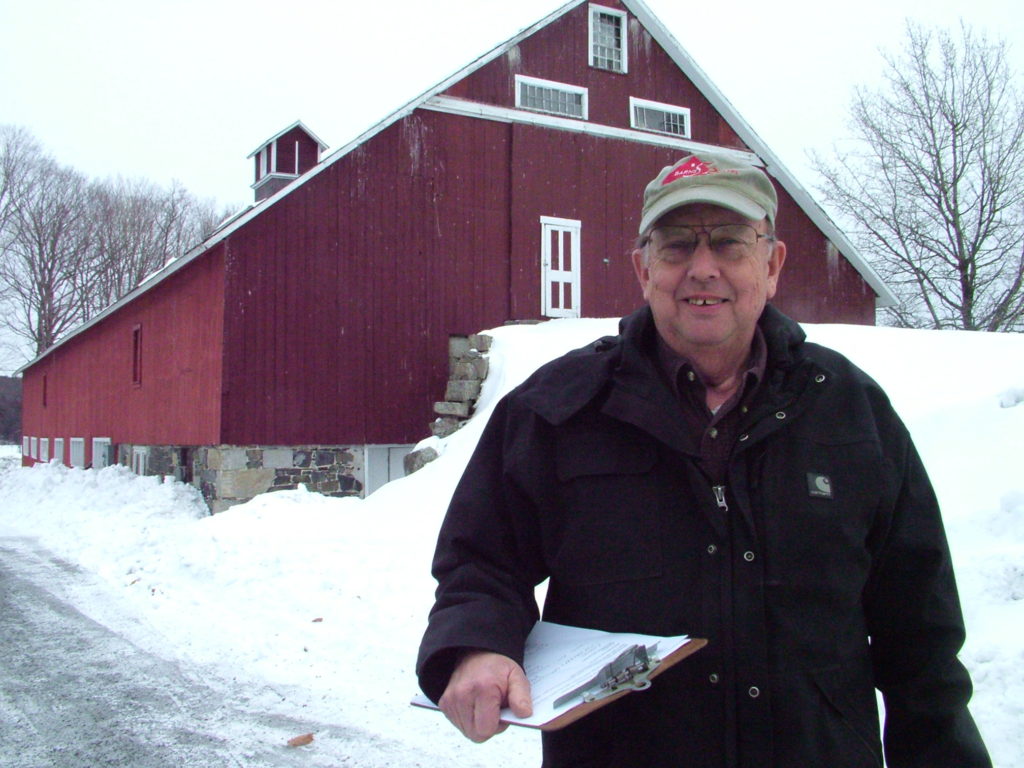Join us for a series of virtual presentations led by experienced practitioners across the country in support of barn-preservation education
All lectures will be hosted via Zoom and are free to attend – open to anyone with an interest in learning more about historic barns!
The first presentation in our series – to be held Wednesday, August 12th at 6 pm EST – is entitled, “How to Speak Barn: the Language and Nuances of Barn Anatomy and the Language We Use to Describe Them.” See the description below for details.
To register for this event, send an email to RSVP with your name and location (city/county, state) to info@barnalliance.org by Sunday, August 9th. We will send an email with the details to call or login to all registrants on August 11th.
August 12th: “How to Speak Barn: the Language and Nuances of Barn Anatomy and the Language We Use to Describe Them”
Presenters: Jeffrey L. Marshall and Michael Cuba
Keywords: Barn Terminology, Barn Types, Outbuilding Identification, Timber-Framing/Historic Construction Methods and Techniques, NRHP-Evaluation, Criterion C
Working in preservation in an agricultural context requires uncommon expertise. Barns and other farm buildings require a specialized vocabulary and a working knowledge of the historical evolution of design and use. Learn the lingo, how to recognize change, and how to evaluate and describe elements necessary for National Register designation.
The language used to characterize our barns has varied from person to person and publication to publication over the centuries. Efforts to develop a coherent and unified way of describing these buildings have come far over the past few decades.
This lecture will explore appropriate terminology and the precedents that support this language. The more familiar we become with common nomenclature, the more effectively we are able to share our observations with one another and the easier it is to evaluate particular barns in context with similar barns.
Although this lecture is geared towards architects, engineers, preservation contractors, cultural resource professionals who may not be familiar with barns and general barn enthusiasts, everyone can learn from this exploration of historic farm buildings!
Jeffrey L. Marshall serves as President of the Heritage Conservancy based in Doylestown, Pennsylvania, leading its efforts to conserve and preserve more than 15,000 acres of open space, farmland, wildlife habitat, and important watershed areas, along with many cultural historic assets in Bucks and Montgomery counties. Jeff has over 40 years of combined experience in land protection and historic preservation, and has authored several books on the architecture of southeastern Pennsylvania.
He has been a leader on the National Barn Alliance board of directors for over 10 years, serving as Vice President, President, and currently as Past President. He also serves on the boards of the Historic Barn & Farm Foundation of Pennsylvania and Preservation Pennsylvania.
Michael Cuba is a co-founder of Knobb Hill Joinery, a historic preservation company in northern Vermont focused on traditional restorative joinery techniques. He also operates Transom HPC, a small consulting firm offering dendrochronology coring services, research, and documentation for historic timbered structures.
Michael is an active member of the Traditional Timber Framer’s Research and Advisory Group. He has served in various leadership capacities with the Timber Framers Guild and currently serves as editor, along with Adam Miller, of the Guild’s quarterly journal, TIMBER FRAMING.
In 2019 Michael was elected to serve as the secretary of the National Barn Alliance’s board of directors.






